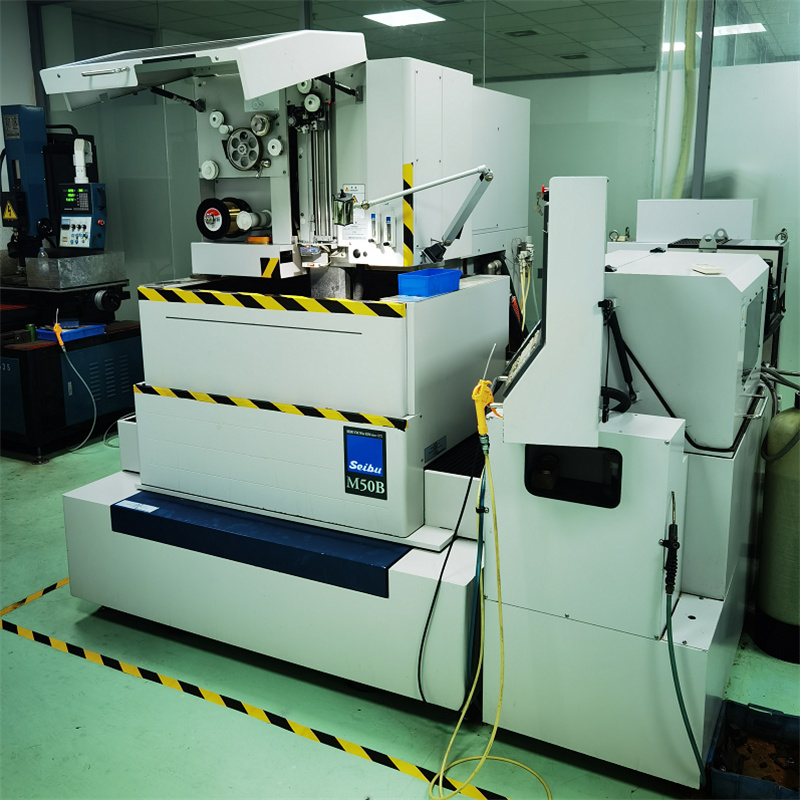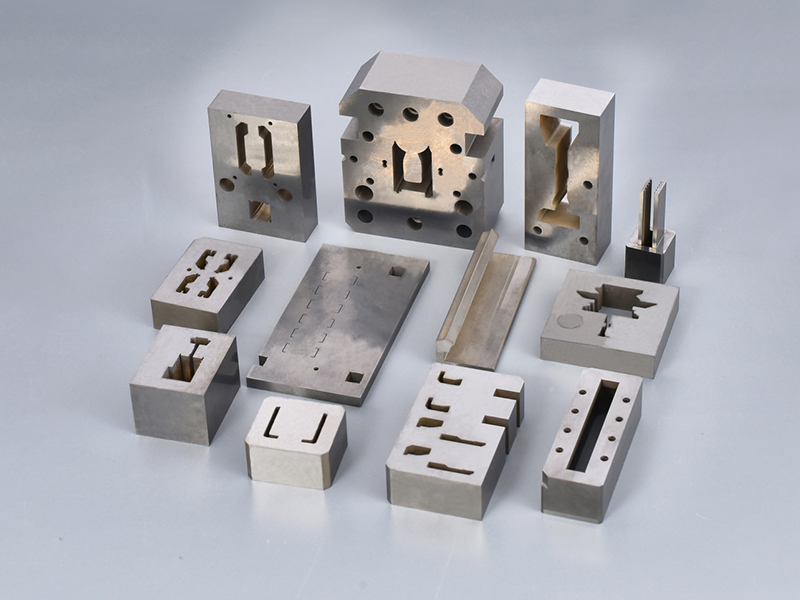In the realm of precision manufacturing, achieving impeccable accuracy and surface finish is paramount. Traditional machining methods often struggle to meet the exacting standards required for intricate parts. However, with the advent of
slow Wire cutting technology, manufacturers now have a sophisticated solution to elevate their production processes to new heights of excellence.
1. Introduction to Slow Wire Cutting Technology
Slow wire cutting, also known as wire electrical discharge machining (EDM), represents a significant advancement in precision machining technology. Unlike conventional machining techniques that rely on physical contact between the tool and the workpiece, slow wire cutting utilizes a thin, electrically charged wire to erode the material with extreme precision. This non-contact method allows for intricate shapes and tight tolerances to be achieved without compromising the integrity of the workpiece.
2. Advantages Offered by Slow Wire Cutting
The adoption of slow wire cutting technology offers a plethora of advantages for manufacturers seeking superior precision and surface finish:
Exceptional Surface Finish: Slow wire cutting excels at producing smooth and uniform surface finishes, even on complex geometries. This results in parts with minimal roughness and burrs, reducing the need for secondary finishing operations.
Tight Tolerances: With its high level of precision, slow wire cutting allows for the production of parts with extremely tight tolerances, ensuring a perfect fit and alignment in assemblies.
Minimal Material Waste: Unlike traditional machining methods that produce chips and shavings, slow wire cutting generates very little waste material, maximizing material utilization and reducing costs.
Versatility: Slow wire cutting can be used with a wide range of conductive materials, including metals, alloys, and even some non-metallic materials, making it suitable for various applications across industries.
3. Achieving Perfectly Fitting Parts with Slow Wire Cutting
Utilizing slow wire cutting to produce perfectly fitting parts requires careful planning and execution:
Design Optimization: Designing parts specifically for slow wire cutting can optimize the machining process and ensure the best possible results. This may involve adjusting features such as fillets, corners, and draft angles to facilitate efficient wire erosion.
Precision Programming: Generating accurate toolpaths and machining parameters is essential for achieving the desired fit and finish. Advanced CAD/CAM software can be used to precisely control the wire cutting process and minimize errors.
Quality Assurance: Regular inspection and quality control measures are crucial to verifying the accuracy and consistency of machined parts. This may involve using coordinate measuring machines (CMMs) or other metrology equipment to validate dimensional accuracy and surface finish.
In the competitive landscape of precision manufacturing, embracing innovative technologies like slow wire cutting is essential for maintaining a competitive edge. By harnessing the advantages of this advanced machining method—such as exceptional surface finish, tight tolerances, and minimal material waste—manufacturers can produce perfectly fitting parts that meet the highest standards of quality and precision. As industries continue to demand increasingly intricate and precise components, wire cut machining technology stands as a reliable and indispensable tool for achieving excellence in manufacturing.





